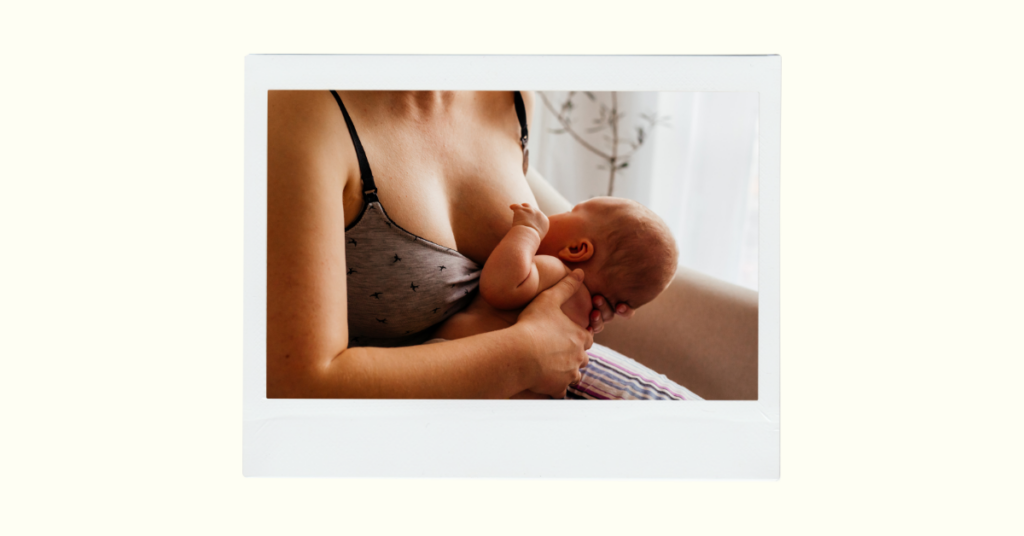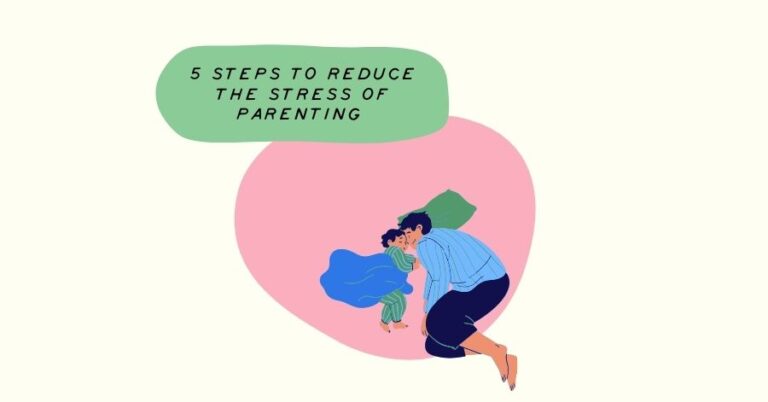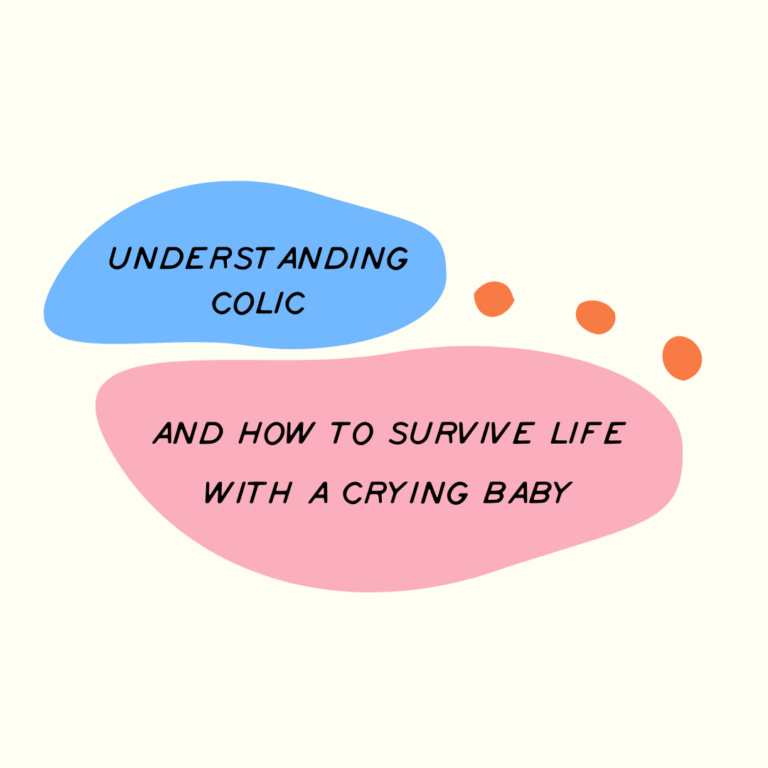A small person hanging off your breast was always going to be more awkward in practice than in theory, but many mums are also surprised to discover the complications that can sometimes accompany the act of breastfeeding. While many women experience cracked or grazed nipples and accept the discomfort and pain as part of their journey, they aren’t actually a normal part of breastfeeding. Early intervention and prompt treatment can reduce pain, prevent more damage to the area, and help you start to heal.
Many of us will never fully grasp the mysteries of the humble nipple – luckily, our International Board Certified Lactation Consultants and Women’s Health Physiotherapists can provide the answers.

The most common cause of nipple discomfort is an improper latch. Incorrect positioning of yourself or your baby can contribute to this and may cause the nipple to be squashed as they feed. On top of the pain, squashing can lead to damage and restriction of milk flow, and (you’d think babies would realise this) that benefits no one.
While it may take some time and adjustment to find a position comfortable for you (and bub), remember that there is no ‘right’ way to breastfeed; it may look and feel different to how you imagined, but then, so may parenthood.
If practice ≠ perfect, an appointment with one of our Lactation Consultants can help you to position your baby to get a better latch.
Not a word any woman likes to hear, but sore, shiny, cracked, or itchy nipples may be a result of thrush. Breast thrush pain can vary from stabbing/shooting pains to a deep ache or burning sensation through the breast during or after feeding.
Similar symptoms may be a result of a bacterial infection or (at the risk of sounding alarmist) multiple bugs. But before going down one of Dr. Google’s rabbit holes, it’s best to book in with an actual GP so that an appropriate diagnosis and treatment can be sought. A GP specialising in mother health is your best bet.
When a baby has a tongue tie, the tongue is unable to draw the breast into the baby’s soft palate, causing the nipple to rub on the hard palate. The baby may also be chomping or biting rather than sucking in an attempt to access the milk. The Baby Steps Tongue Tie Clinic can conduct an assessment involving both the GP and lactation consultant to determine treatment.
Good news – it’s just a skin condition. Bad news – your nipples still hurt like a….
Thankfully, a GP or lactation consultant will be able to determine the cause and rule out the others.

There are some things you can do to minimise nipple pain and help prevent cracking/grazing in each stage of a breastfeed.

If you feel like you’ve tried it all and yet haven’t managed to come away unscathed, YOU STILL HAVE OPTIONS.
Our lactation consultants are always at your disposal to offer other solutions, and a physiotherapist may be able to help with laser or ultrasound therapy for healing and blocked ducts.
Because (unless you’re Chandler Bing) you only have two nipples – let’s make sure they last.

Practical and gentle advice on getting back to sex, from GP Obstetrician Dr Leon Levitt. He discusses everything from communication in relationships to contraception.

Stress in parenting has reached epidemic proportions. How can we take the natural stress and worry of parenting, and stop it from becoming excessive? By following these 5 simple steps from Dr Leon Levitt.

What does it mean when my baby cries? How do I know if they have colic or reflux? Dr Levitt provides all the answers when it comes to unsettled and crying babies.
We acknowledge the traditional custodians of the land on which Baby Steps stands and we pay our respects to Elders past, present and emerging. The land on which we live and work always was, and always will be Aboriginal land.
© 2024 Babysteps Health Centre | Terms of Service | Privacy Policy | Shipping & Returns
The Clinical Guidance Committee advise Baby Steps on all clinical matters effecting the health practitioners within our centre. It’s members gather together to discuss and develop guidelines relating to:
Meetings are held several times a year, or at the request of Baby Steps for specific clinical advice. It is lead by a chairperson and educational coordinator, elected by the group of participating health practitioners.
Baby Steps supports the independent businesses of:
If you’re looking for support, contact our Practice Manager Michelle Bredemeyer
pm@babystepshealth.com.au
08 9387 2844